Engineering Courses in Nepal
Home > Courses
Courses List
Aerospace Engineering

Description
Aerospace engineering is a professional engineering discipline that deals with the design, development, testing, and production of aircraft, spacecraft, and related systems and equipment. It applies principles of aerodynamics, propulsion, materials science, and structural analysis to create and optimize flight technology.
Career Opportunities
- check_circle Aircraft and spacecraft design and manufacturing companies
- check_circle Space exploration agencies and satellite technology firms
- check_circle Defense and military aviation industries
- check_circle Research and development in aerodynamics and propulsion systems
Agricultural Engineering

Description
Agricultural engineering is the engineering discipline that applies engineering science and technology to agricultural production and processing. Agricultural engineering combines the disciplines of mechanical, civil, electrical and chemical engineering principles with a knowledge of agricultural principles.
Career Opportunities
- check_circle Planning & Management: Design and oversee dairy effluent schemes, irrigation, drainage, flood, and water control systems.
- check_circle Environmental Work: Conduct environmental impact assessments.
- check_circle Agricultural Processing: Process agricultural products and implement research findings.
- check_circle Academia & Government: Many work in universities or government agencies.
- check_circle Consulting: Some work as consultants for private engineering firms.
- check_circle Industry Roles: Employed by manufacturers of agricultural machinery, equipment, and structures.
- check_circle Career Fields: Opportunities in production, sales, management, R&D, and applied science.
Architectural Engineering

Description
Architectural engineering, also known as building engineering, is the application of engineering principles and technology to building design and construction. They often work with other engineers and with architects, who focus on function layout or aesthetics of building projects. Architectural Engineering often encompasses elements of other engineering disciplines, including mechanical, electrical, fire protection, and others. The architectural engineers are responsible for the different systems within a building, structure, or complex. Architectural engineers focus several areas, including: the structural integrity of buildings the design and analysis of heating, ventilating and air conditioning systems, efficiency and design of plumbing, fire protection and electrical systems, acoustic and lighting planning, and energy conservation issues.
Career Opportunities
- check_circle Department of Building
- check_circle Department of Urban Planning
- check_circle Engineering Consulting Firms
- check_circle Construction Companies
- check_circle Teaching in Engineering Colleges
Automobile Engineering
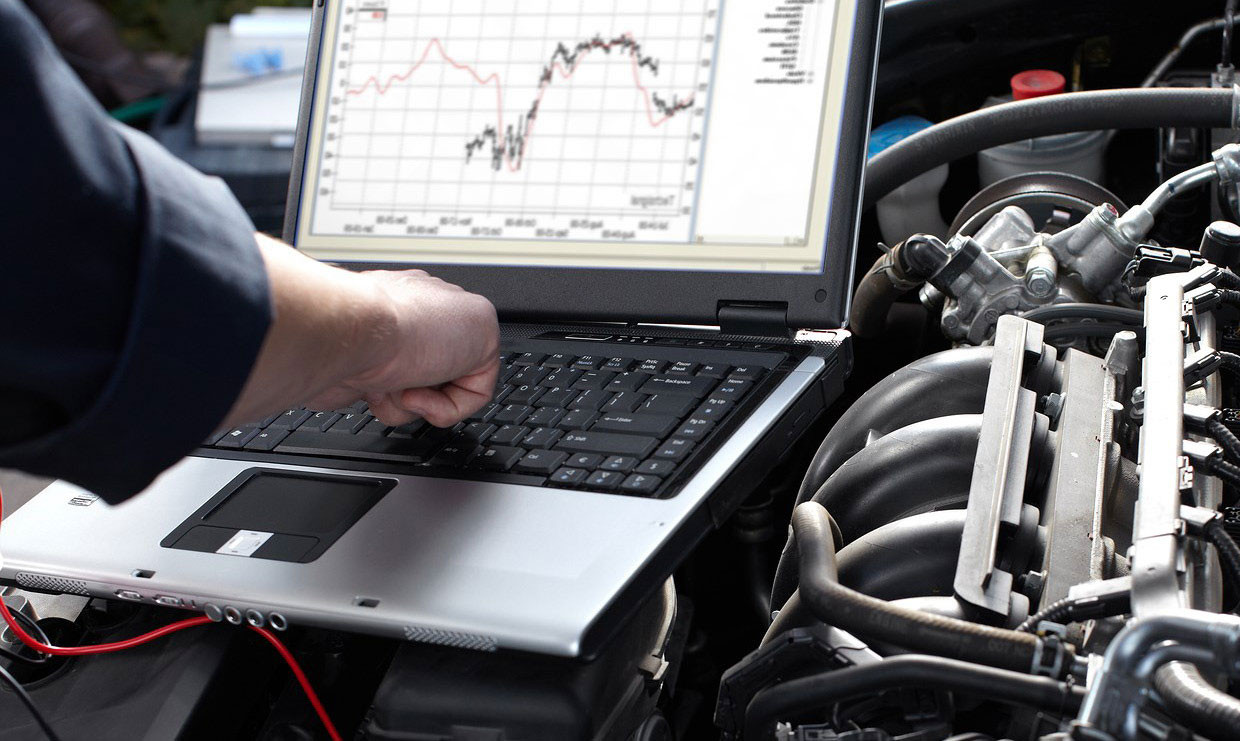
Description
Automobile engineering focuses on the design, development, manufacturing, and maintenance of vehicles. It involves the application of mechanical, electrical, electronic, and software engineering to improve vehicle performance, safety, and efficiency.
Career Opportunities
- check_circle Vehicle manufacturing and design companies
- check_circle Research and development for hybrid and electric vehicles
- check_circle Automotive maintenance and service companies
- check_circle Motorsports and performance engineering
B.E. Information Technology (BEIT & BSc.CSIT)

Description
Students who have an interest in web and internet technology, database management may pursue this course. Students may also go for BSc. CSIT course, but BEIT degree is more valuable. It is aimed at training students to become Information management experts and put their skills to support various industries and spheres of life.
Career Opportunities
- check_circle Required in Banking Sectors, Computerized Govt. Offices, Engineering/IT Colleges, Industrial Sectors, Call Centers etc.
Biomedical Engineering
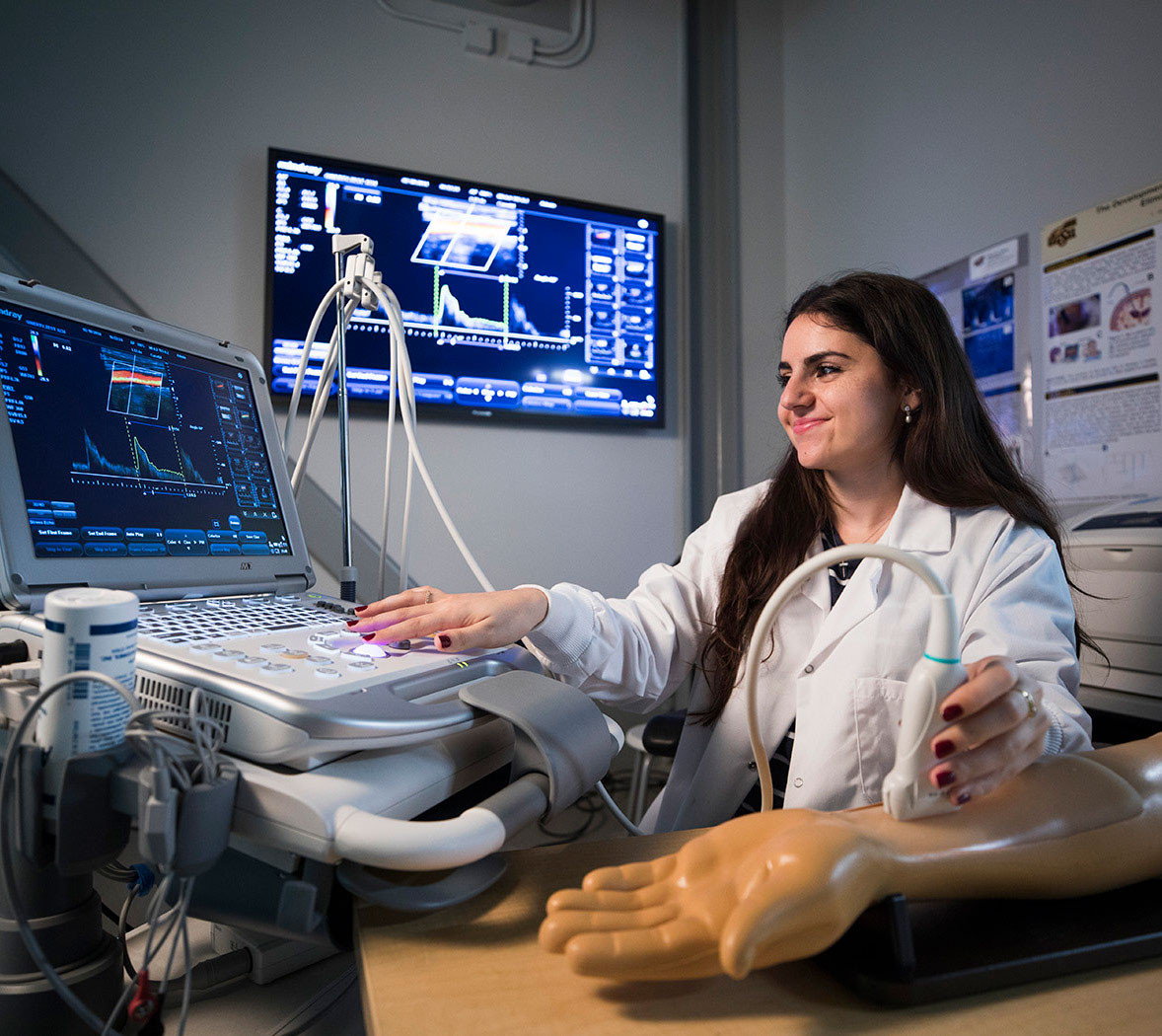
Description
Biomedical engineering integrates engineering principles with medical and biological sciences to design and develop healthcare solutions, such as medical devices, diagnostic tools, and treatment systems.
Career Opportunities
- check_circle Medical device manufacturing companies
- check_circle Healthcare institutions and diagnostic equipment development
- check_circle Research in bioinformatics, tissue engineering, and biomechanics
- check_circle Rehabilitation and prosthetics design industries
Chemical Engineering

Description
Chemical engineering is a professional engineering field that focuses on the study, operation, and design of chemical plants and processes for improving production. It applies principles of chemistry, physics, mathematics, biology, and economics to efficiently use and transform raw materials, energy, and resources into valuable products.
Career Opportunities
- check_circle Pharmaceutical and biotechnology companies.
- check_circle Petrochemical and refining industries.
- check_circle Food and beverage production.
- check_circle Environmental and waste management organizations.
- check_circle Engineering consultancies and design firms.
- check_circle Research and development in nanotechnology and energy systems.
Civil Engineering

Description
Civil engineering is a professional engineering discipline that deals with the survey, design, construction, and maintenance of the physical and naturally built environment, including works like roads, bridges, canals, dams, and buildings.
Career Opportunities
- check_circle Department of Road
- check_circle Department of Irrigation
- check_circle Ministry of Local Development
- check_circle Nepal Electricity Authority
- check_circle Department of Building
- check_circle Different Engineering Colleges
- check_circle Private Construction Companies
- check_circle Engineering Consultancies
Computer Engineering

Description
Computer engineering is a branch of engineering focused on the design, development, and optimization of computer systems and networks. It involves the integration of principles from electrical engineering and computer science to create, enhance, and manage hardware and software solutions. Computer engineers work on developing systems that incorporate computing power, storage, networking, and embedded software, alongside analyzing and synthesizing methods to improve performance, efficiency, and reliability. This discipline draws upon mathematical, physical, and computational sciences along with engineering design principles to predict, evaluate, and innovate solutions that meet the needs of modern technology-driven environments.
Career Opportunities
- check_circle Software Development Companies
- check_circle Telecommunication Firms
- check_circle Cyber Securities Agencies
- check_circle Gaming and Virtual Reality Development
- check_circle Data Analytics and AI Firms
Electrical Engineering

Description
Electrical engineering is a field of engineering that generally deals with the study and application of electricity, electronics, and electromagnetism. [Wikipedia Inc]. Electrical Engineering mainly deals with the electrical equipment used like transformers, generators, pumps, electrical vehicles etc.
Career Opportunities
- check_circle Nepal Electricity Authority
- check_circle Hydropower Companies
- check_circle Lighting System in large complexes and apartments
- check_circle Alternative Energy Promotion Center (AEPC)
- check_circle Different Engineering Colleges
Electronics & Communication Engineering
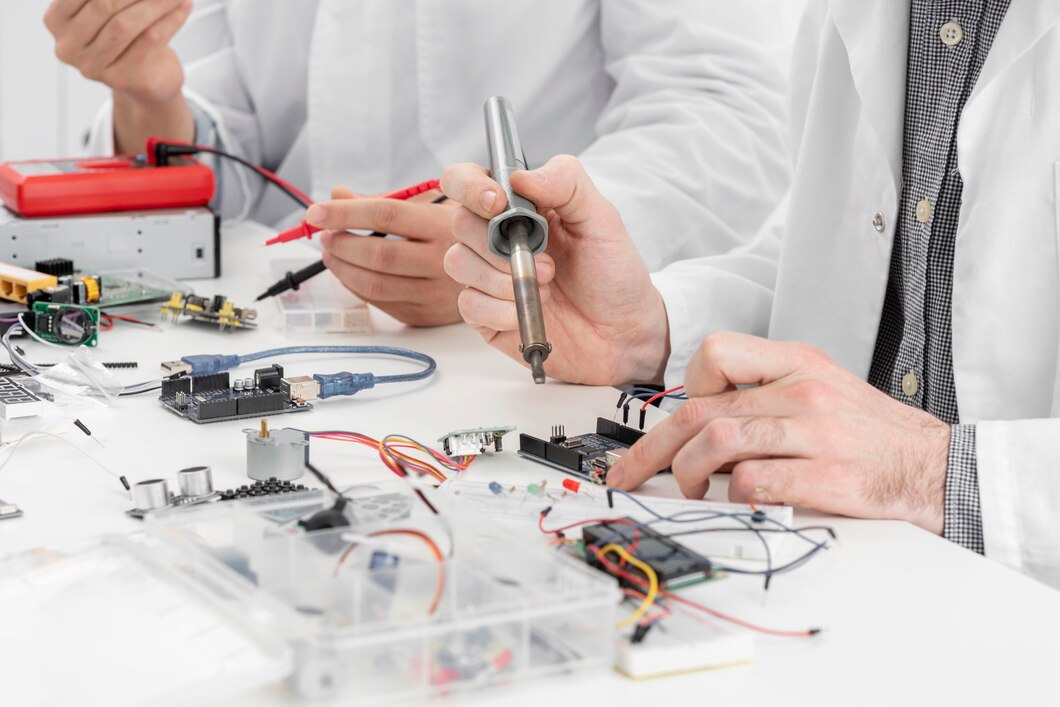
Description
Electronics & Communication Engineering is an Engineering discipline which utilizes non-linear and active electrical components (such as electron tubes, and semiconductor devices, especially transistors, diodes and integrated circuits) to design electronic circuits, devices and systems.
Career Opportunities
- check_circle Telecommunication Sector
- check_circle Manufacturing sector
- check_circle Hydro-powers, Government Sectors
- check_circle Networking, AEPC, Chip Design Industries, Robotics
- check_circle Teaching in Engineering Colleges
Geomatics Engineering

Description
Geomatics engineers apply engineering principles to spatial information and implement relational data structures involving measurement sciences, thus using geomatics and acting as spatial information engineers. Geomatics engineers manage local, regional, national and global spatial data infrastructures.
Geomatics Engineering also involves aspects of Computer Engineering and Civil Engineering. Therefore, the geomatics engineer can be involved in an extremely wide variety of information gathering activities and applications. Geomatics engineers design, develop, and operate systems for collecting and analyzing spatial information about the land, the oceans, natural resources, and manmade features.
Career Opportunities
- check_circle Digital Photogrammetry,
- check_circle Drone based mapping
Industrial Engineering
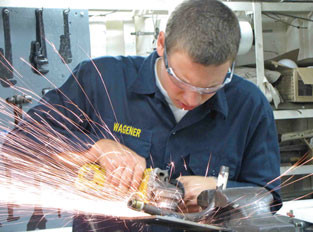
Description
Industrial engineering is a branch of engineering which deals with the optimization of complex processes or systems. It is concerned with the development, improvement, and implementation of integrated systems of people, money, knowledge, information, equipment, energy, materials, analysis and synthesis, as well as the mathematical, physical and social sciences together with the principles and methods of engineering design to specify, predict, and evaluate the results to be obtained from such systems or processes.
Career Opportunities
- check_circle Manufacturing Industries
- check_circle Food Processing Industries
- check_circle Department of Industry
Mechanical Engineering
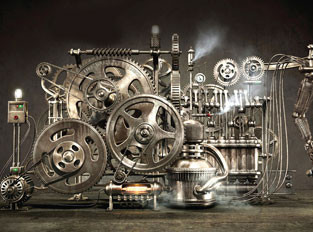
Description
Mechanical engineering is the discipline that applies the principles of engineering, physics, and materials science for the design, analysis, manufacturing, and maintenance of mechanical systems. It is the branch of engineering that involves the design, production, and operation of machinery. It is one of the oldest and broadest of the engineering disciplines.
Career Opportunities
- check_circle Manufacturing & Automotive: Designing machinery, vehicles, and production systems
- check_circle Aerospace & Defense: Working on aircraft, spacecraft, and defense technologies.
- check_circle Energy & Power: Designing energy-efficient systems and power plants.
- check_circle Robotics & Medical Devices: Developing automation systems and healthcare devices.
- check_circle Consulting & Project Management: Advising on engineering projects and system optimization.






